Parasic organisms can be found in almost every living creature.In most people, they cause nothing but disgust and fear, which is not surprising, because sometimes these babies cause terrible illness.We present to your attention the 25 most terrible and dangerous parasites
Parasitism in nature is very widespread.There are parasites, parasite insects, parasite worms, parasitic plants, etc.There are so many of them that even some parasites have their own - and these can be more eager in any sense.A wonderful example of this "army of darkness" is malaria plasmodium, which parasizes in a malaria mosquito (which in turn is a temporary parasites of animals and people with warm blood).This unicellular organism finds nearly a third of a billion new victims each year and kills more than a million.
Saccaline
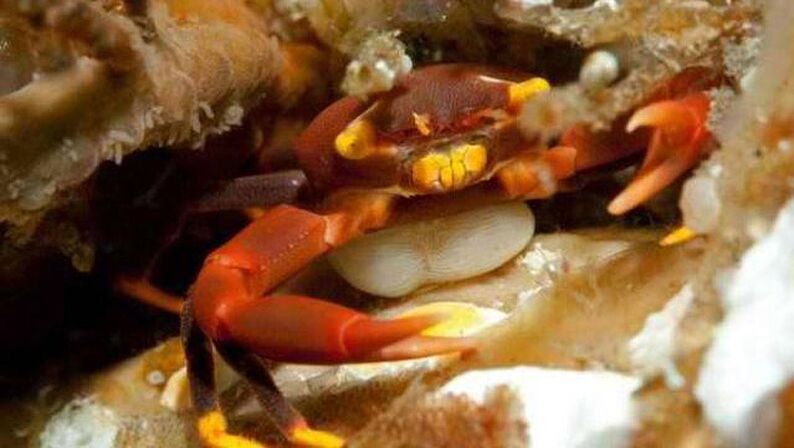
This crustacean parasites of the Crab.He literally sprouts throughout the owner's body, absorbing nutrients from it.The crab gradually weakens and even loses its ability to regenerate.When it is time to multiply for the parasite, it gives special chemicals in the blood of a crab, under which females of the crab begin to take care of the parasitic eggs, as theirs.A crab wizard affected by the parasite refuses to be paired, and on the contrary, under the influence of a chemical dopy, takes care of the parasite eggs in the same way as the female.
Cordyps is one -sided
This tropical fungus parasitizes in ants.He is also famous for being able to control the owner's behavior.When the mushrooms multiply, it gives an ant giving the chemical team, and it sticks with obedience to the upper leaves of the plants and preserves immobility, allowing the mushrooms to sprout through its body, open the hat and release disputes into the air.
Anizakids
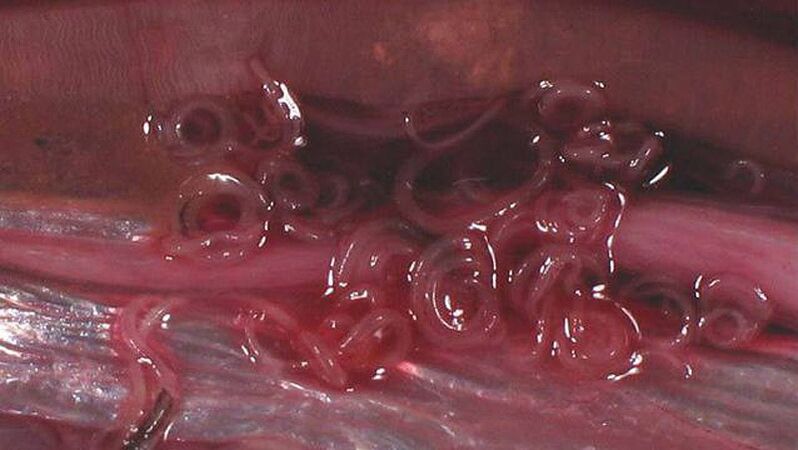
A person risks becoming infected with these worms, eat a poorly processed seafood, shrimp, squid or poorly processed octopus.For the first time, infection with anizacidosis was recorded in 1955 in the Netherlands, and the source was a slightly salty herring.If, by cutting the fish, you see in its muscle tissue, in caviar or milk "some spirals" -ose ruthlessly discard the delicacy, or raise the fish up to -20 degrees and keep it in this condition for at least two weeks.With this processing, worms and their microscopic larvae will die.After that, fish can be eaten with certainty - however, the awareness that it does not cause an "worm" appetite.
Volbachia
These bacteria are the intercellular parasites of many insects and worms.By spreading to the host's body, the bacteria manage to "unite" his own gene.For example, the genome of some flies-crusses also contains an almost full copy of the volbachia genome.
Sandal
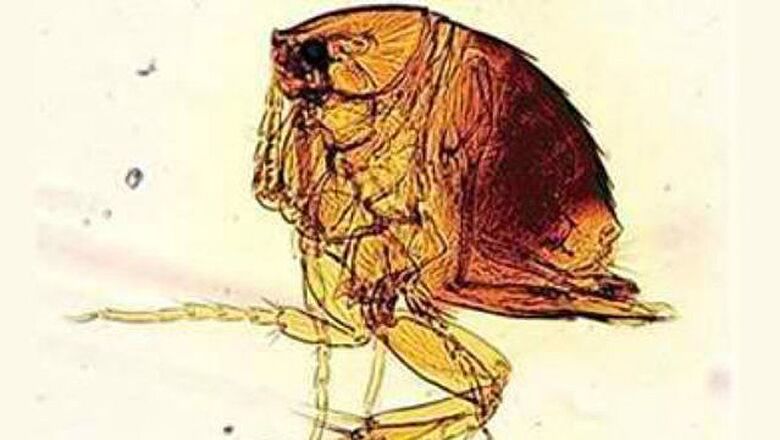
Sand Flea is a very dangerous parasite affecting pets, rodents, monkeys and humans.Its big distribution is a real problem for countries like Nigeria, Todago and even Brazil.In dysfunctional areas, the number of people suffering from this parasite can reach 70%.For some reason, sand fleas prefer sandy fleas.When human infection with these parasites, the female microscopic flea is inserted into the skin of the legs or under the nails.In just 5-6 days after the presentation, the female belly, filled with eggs, grows in the size of the pea, causing a painful pain to the owner.When the eggs ripen, the woman "shoots" in the environment, after which she crawls from the wound, but much more often she dies directly in the human body.
OSA Hymenoepimecis argyraphaga
OSA parasitizes mainly in spiders.By temporarily paralyzing his victim, the washing attaches to her egg to the chest.Soon the spider comes to his senses and continues his life.The larvae gradually absorbs fluid from it, and in front of the dog it injects a special chemical substance into a spider, under the influence of which, instead of a conventional network, it builds a special coconut, where the larvae makes a transformation into adult concrete.
Vandelia Kandira
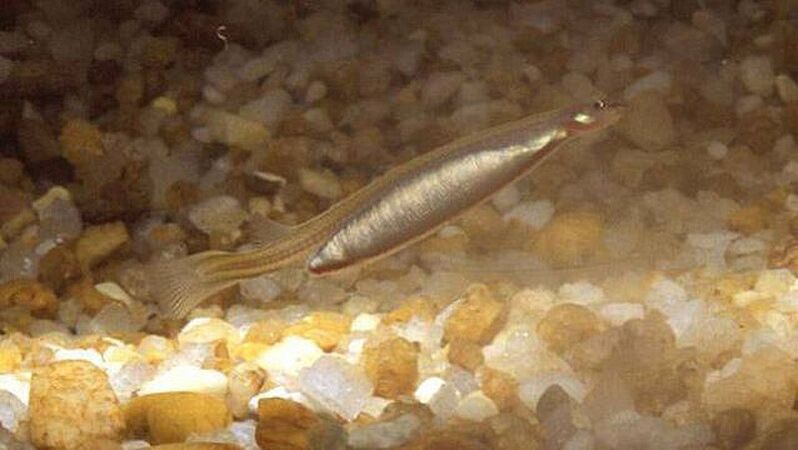
Indeed, this translucent small fish parasites in the gills of other fish living in the Amazon rivers.But in search of the victim, Kandira focuses on the ammonia smell, which is contained in the water that has passed through the gills.This makes it extremely dangerous for a person.If a person is in the water, then after learning a chemical signal, the candida is easily inserted into the anus or a person's urethra, sometimes even reaching the bladder.After penetrating the body, Kandira dies inevitably, but the damage she manages to apply is simply terrible, and only a good surgeon can draw her dead body covered with constant rivets.
Tricomonade
Trichomonas is a single -celled microorganism with flagell.Some types of trichomonas are completely safe, but there are real killers.In birds, these parasites can cause severe inflammation in the mouth and throat, as a result of which the bird cannot swallow and, ultimately, dies.Another type of trichomonas (trichomonas vaginal) parasitizes in the genitourinary organs a person and causes a serious disease of trichomoniasis, which today is the most common disease of the genitourinary tract in the soil.Medical statistics say almost every tenth resident of the planet suffers with the disease.
Leishman
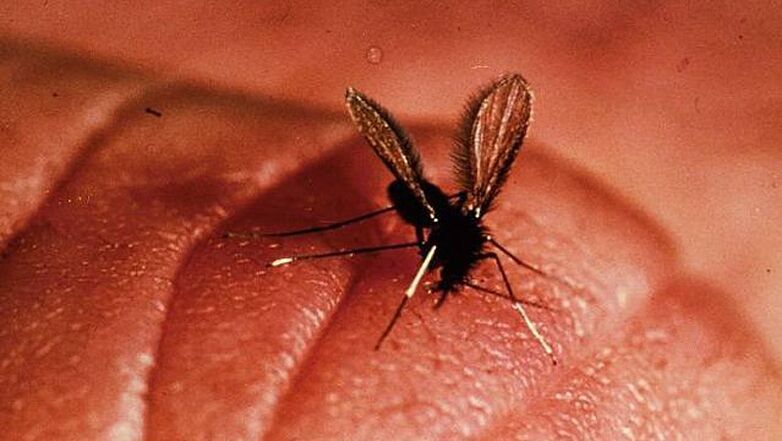
It is a whole cereal of the simplest organisms that cause serious illnesses called leishmaniosis.For example, leashmaniasis of the skin, manifested in the form of painful abscesses, cause leishmania, parasitizing first in mosquitoes and flies, and then in warm -blooded animals, including humans.At first, the parasites multiply in the digestive canal of the insect that sings blood that is completely blocked.By biting a person, the insect first springs a parasite lump in the wound, and then absorbs blood.Leishmaniosis is very common in tropical countries, and every year about two million new cases of diseases are recorded in the world.
Mokritsa, swallowing tongue (Cymothooa exigua)
Fortunately, for a person this crust is completely safe.Mokrridsa attaches to the fish tongue and first absorbs blood from it.When the fish tongue dies, a well -built parasite begins to play the role of a special prosthesis of the tongue, eating the blood and mucus of the fish, but not causing it to special damage.
trypanosomes
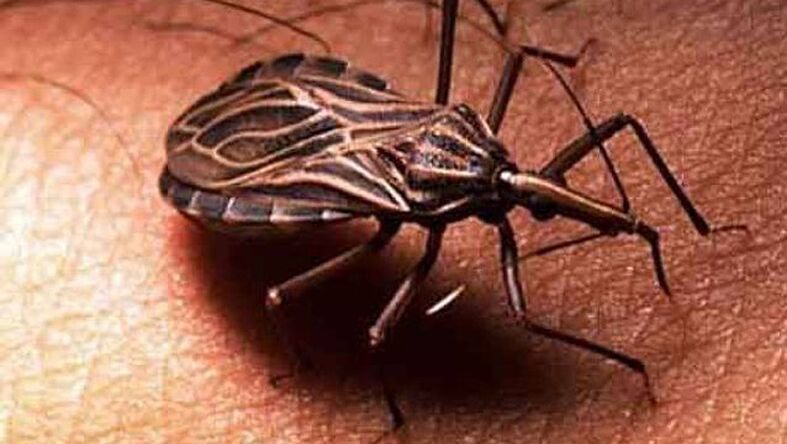
A type of very dangerous unicellular organisms that parasitize in insects and warm animals.So triathomic errors are carriers of Trypanosoma Cruzi Tripanos, which cause a person's disease in one person.The disease affects the whole body and quickly leads to death.
Toxoplasm
The simplest microorganisms that cause a serious illness are toxoplasmosis.The main owners of the parasite are cats, people and other acts filled with heat in the role of intermediate armies.Often, toxoplasmosis can occur very easily, disguised as a common cold.But with a decrease in immunity, the disease can lead to dementia, convulsions, paralysis and other nervous system lesions.Toxoplasmosis for pregnant women is especially dangerous, as it leads to the death of the baby before his or her birth.
Cochliomyia Hominivorax meat
Women of this fly, living in America, indisputably bind eggs to the body of warm animals.The larvae that came out of the eggs are introduced under the skin, eroding in the entire holes of the victim's body.Those types of eggs that lay eggs in the eyes and nose are particularly dangerous.In this case, the larvae, by devouring the owner's meat, can cause blindness and even reach the brain.There are times when doctors extracted more than 150 larvae from the nasopharynx of a person affected by this parasite.
Hairy
A very ancient water worm whose larvae parasites in several types of insects - dragonflies, elevators, beetles, etc.Adult worms pierce the owner's body and return to the tank, where they spread.
Filari
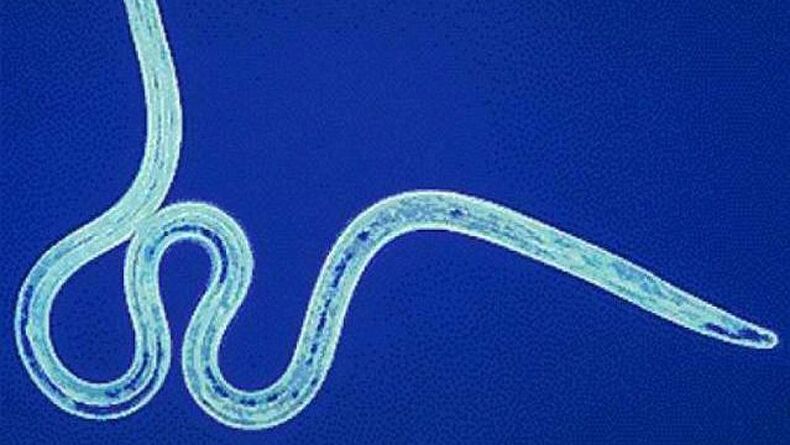
In public, almost 10 different species of Philius are parasitized.These extremely thin worms (their diameter does not exceed 0.3 mm) can reach a length of nearly half a meter.The distributors of the filance are insects that receive blood.In the human body, worms can live almost anywhere.When blocking the lymphatic system, a ivory develops and if they accumulate in the eyes, then a person can blind.
LOA LOA
The Loa Loa Loa Round worm belongs to the eagles and is very common in West and Central Africa.The blind insect parasite and other blood spread.Adult worms live under the skin.Women immediately produce live larvae, which accumulate in the blood vessels of light and peripherals, causing various tumors and inflammatory reactions.Worms constantly migrate through the body, and if eye -catching, it can lead to blindness.
Clostridia Perfringens
The clostridium perfringens bacterium can cause severe food poisoning, as well as the cause of rapid development of gas gangren, in which tissues affected by a bacterium do not literally disperse, secretion of bad smell bubbles.
Skisto
First, the larvae of this worm develop in the freshwater molluscs, then they enter the water and attack mammals, introducing under the skin.Skistosomes spread throughout the body and are especially dangerous when accumulating in the bladder and genitals.Shistosomatous is difficult, has many heterogeneous symptoms and causes great suffering.The parasite is common in Africa, China, Philippines and Indonesia.
Blindness
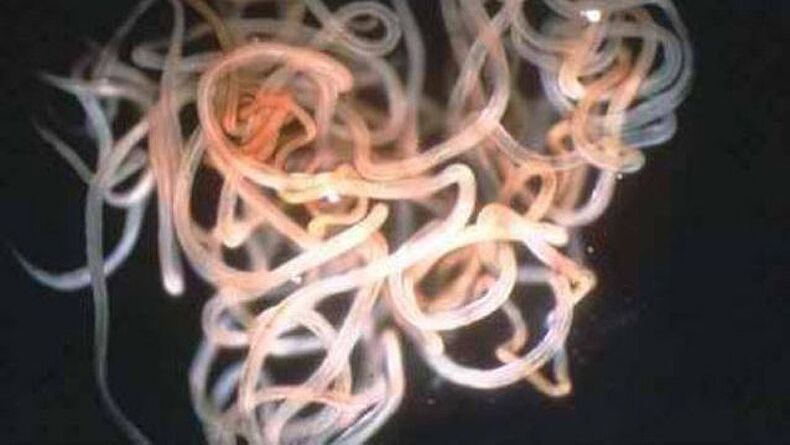
River blindness or onhocercosis is caused by ontchocercerca Volvulus Filary.The carrier of these parasites is a simulium hell, widespread along the rivers of West and Central Africa.The worms of this species and their larvae especially affect the eyes, which leads to complete loss of vision.
Meningococci
Bacteria Neisseria Meningitidis parasitize in the nasopharynx of many people.Unfortunately, they are able to cause not only heavy nose, but also inflammation of the brain shells - meningitis.
Fly tseces
African flight itself is a temporary blood parasite.But with a bite, it often infects its victim with a much more dangerous parasite - the type of Tripanos that cause a deadly deadly disease.
Guinean worm
The worm is common in Africa, India and in the Arabian Peninsula.Microscopic larvae live in fresh water, and when it comes time to attack animals and humans, introducing under the skin.Adult worms can reach 2 mm thick and 1 m in length.After mating, males die and females move to the subcutaneous layer, pierce the skin and when a person is in the water, they release through the larvae.
Plasmodia
Unicellular parasitic organisms, some types of which can cause malaria.
Careless
This Amoeba lives in fresh tanks, the water temperature at which is 25-30 degrees.A person is infected during washing.Damage to these parasites can cause fatal meningitis.Sometimes when even chlorinated water pools are poorly they become sources of infection.Such cases are rare, but whenever they cause a real panic, as visitors to the pool, tourist thermal springs and baths become victims.
Leukloridia is paradoxical
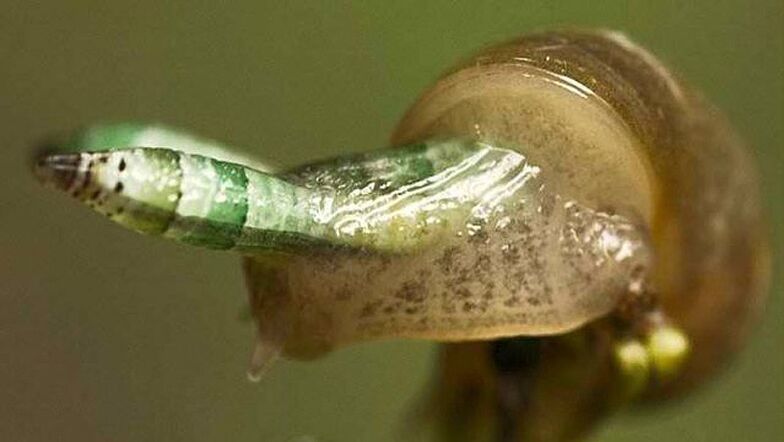
Leucochloridium paradoxum is a flat parasite of worm in snails and birds.The snails are intermediate hosts of the worm.Developing, the larvae germinate through the snail's body, and when one of its results (called sporocytes) reaches the snail's attempt, it changes in such a way that it becomes very similar to the green caterpillar.To make its masquerade even more convincing, the larvae constantly rotate with exit, imitating the caterpillar movements.All this has begun to attract Zog's attention and force him to stole the "caterpillar".In the body of an infected bird, the worm grows in a sexual form and lay eggs, which, along with the bird's litter, fall to the ground, and the development cycle is repeated.The special "paradoxical" of this parasite is that the snails, after losing the tentacle, as a rule, does not die, but a new one grows.Then the larva that is on its body forms a new sporocyst and again attracts birds.






































